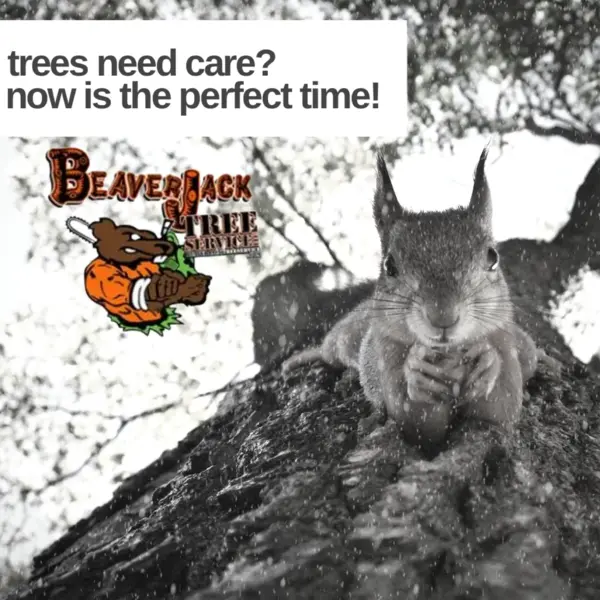Maintaining healthy trees is crucial for the overall aesthetic and ecological value of your landscape. Proper tree care not only enhances the beauty of your property but also ensures the safety and longevity of your trees. In this article, we will provide you with five essential tips to keep your trees healthy throughout the year.
Pruning Techniques: How to Make the Right Cuts
Pruning is a vital practice in tree maintenance. The key to effective pruning lies in making the right cuts. Always use sharp, clean tools to avoid damaging the tree. Cut at a slight angle just above a bud that is facing outward to promote healthy growth. Avoid leaving stubs as they can become entry points for pests and diseases. When removing larger branches, use the three-cut method to prevent bark tearing: first, make a small cut on the underside of the branch, followed by a cut on the top side a little further out, and finally, remove the branch completely just outside the branch collar.
Best Times of Year for Pruning
Timing is everything when it comes to pruning. The best time to prune most trees is during their dormant season, usually in late winter or early spring, before new growth begins. Pruning during dormancy helps minimize sap loss and stress to the tree. However, some trees, such as flowering species, may require pruning immediately after blooming. Avoid pruning in late summer or fall as it can stimulate new growth that might not harden before winter, leading to potential damage.
Tools Needed for Effective Pruning
Having the right tools is essential for effective pruning. Basic tools include hand pruners for small branches, loppers for medium-sized branches, and a pruning saw for larger limbs. Ensure your tools are sharp and clean to make precise cuts and reduce the risk of disease transmission. For higher branches, a pole pruner can be very useful. Additionally, wearing protective gear such as gloves and safety glasses is recommended to prevent injuries.
Signs That Your Tree Needs Pruning
Knowing when your tree needs pruning can save it from potential hazards and health issues. Look for dead or dying branches that need removal to prevent decay from spreading. Branches that cross or rub against each other should be pruned to avoid damage and improve air circulation. Also, watch for branches that obstruct walkways, driveways, or power lines. Regularly inspect your trees for signs of disease or pest infestation, such as discolored leaves or unusual growth patterns, which may indicate the need for pruning.
Safety Tips for Tree Pruning
Safety should always be a priority when pruning trees. Before starting, assess the area for any potential hazards such as power lines or unstable branches. Use proper safety equipment including gloves, safety glasses, and hard hats if necessary. Never attempt to prune trees near power lines; instead, contact a professional arborist. When using ladders, ensure they are stable and positioned on firm ground. If you are unsure about how to prune large or high branches safely, it's best to hire a certified arborist.
Maintaining healthy trees requires regular care and attention. By following these essential pruning tips, you can ensure your trees remain strong and vibrant throughout the year. Remember, proper pruning not only enhances the beauty of your landscape but also promotes tree health and safety. If you ever feel uncertain about tree pruning, don't hesitate to seek professional assistance.
Now is the time to schedule your complimentary pruning consultation while foliage is present. BeaverJack Tree Service, LLC is offering early booking discount with the ease of job scheduling. Get on our schedule before the hustle and bustle of the holiday season so you can sit back and relax knowing your property is safe from problematic trees and branches. We also offer amazing financing options to suit your budget!

This content has been submitted by authors outside of this publisher and is not its editorial product. It could contain opinions, facts, and points of view that have not been reviewed or accepted by the publisher. The content may have been created, in whole or in part, using artificial intelligence tools.

